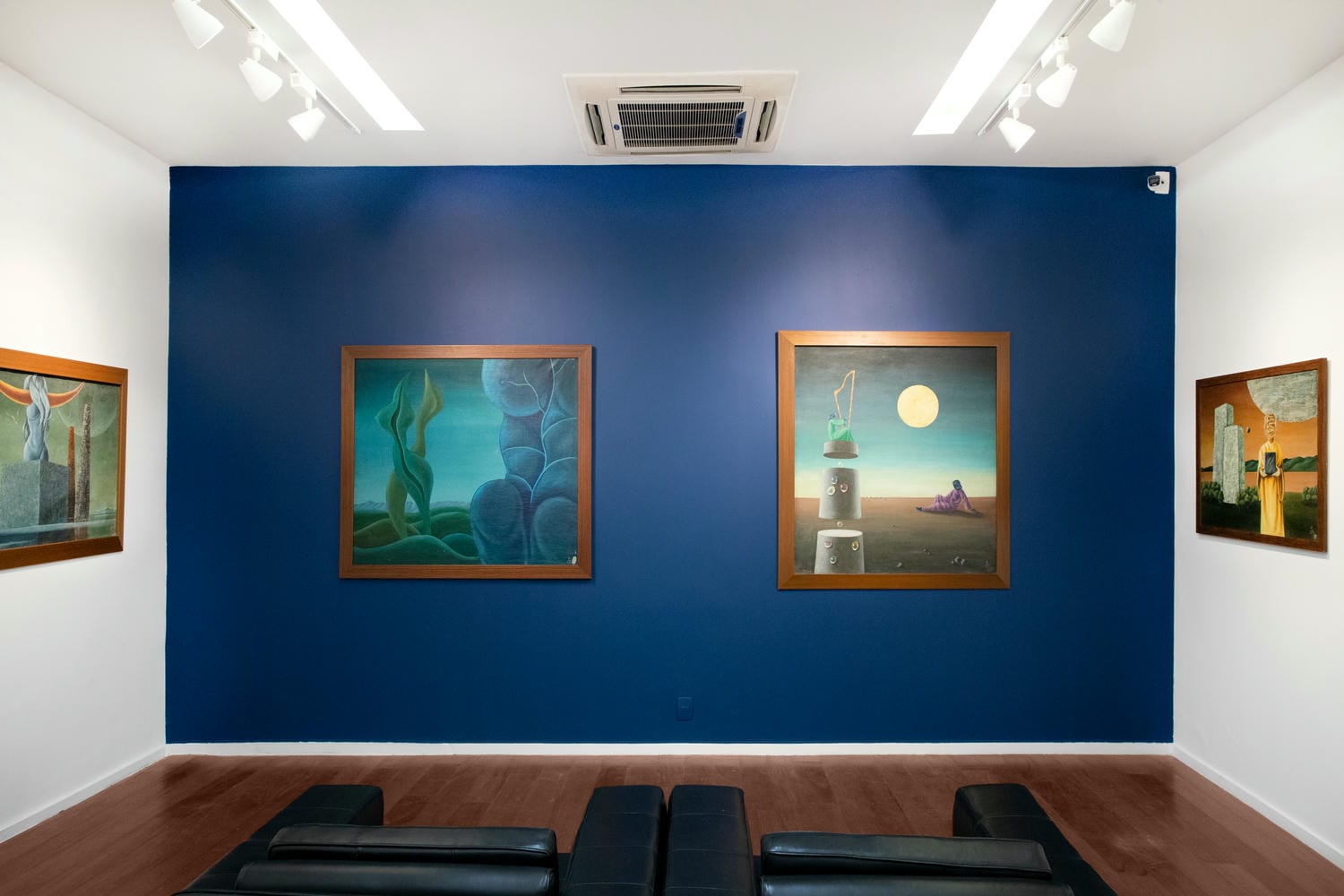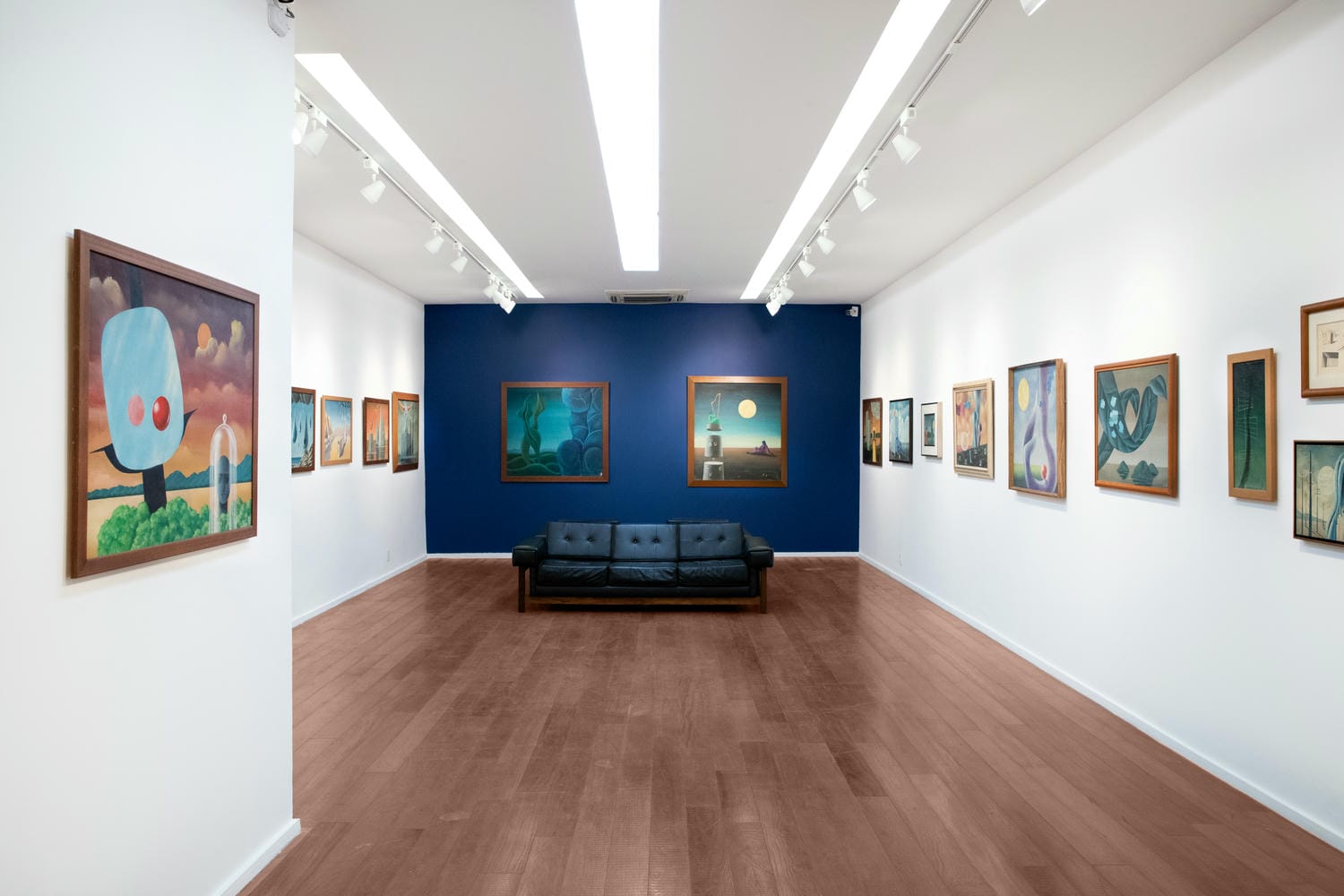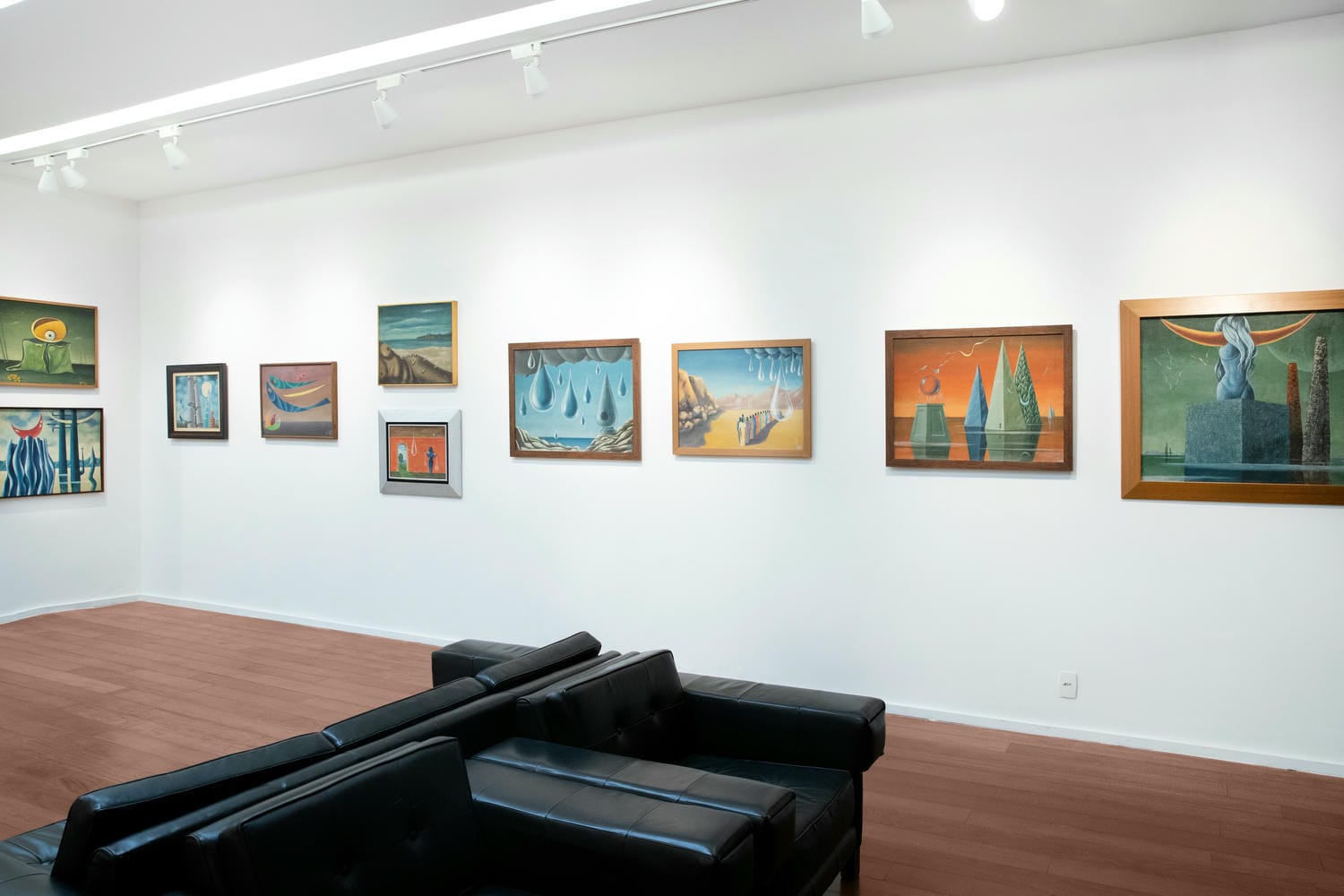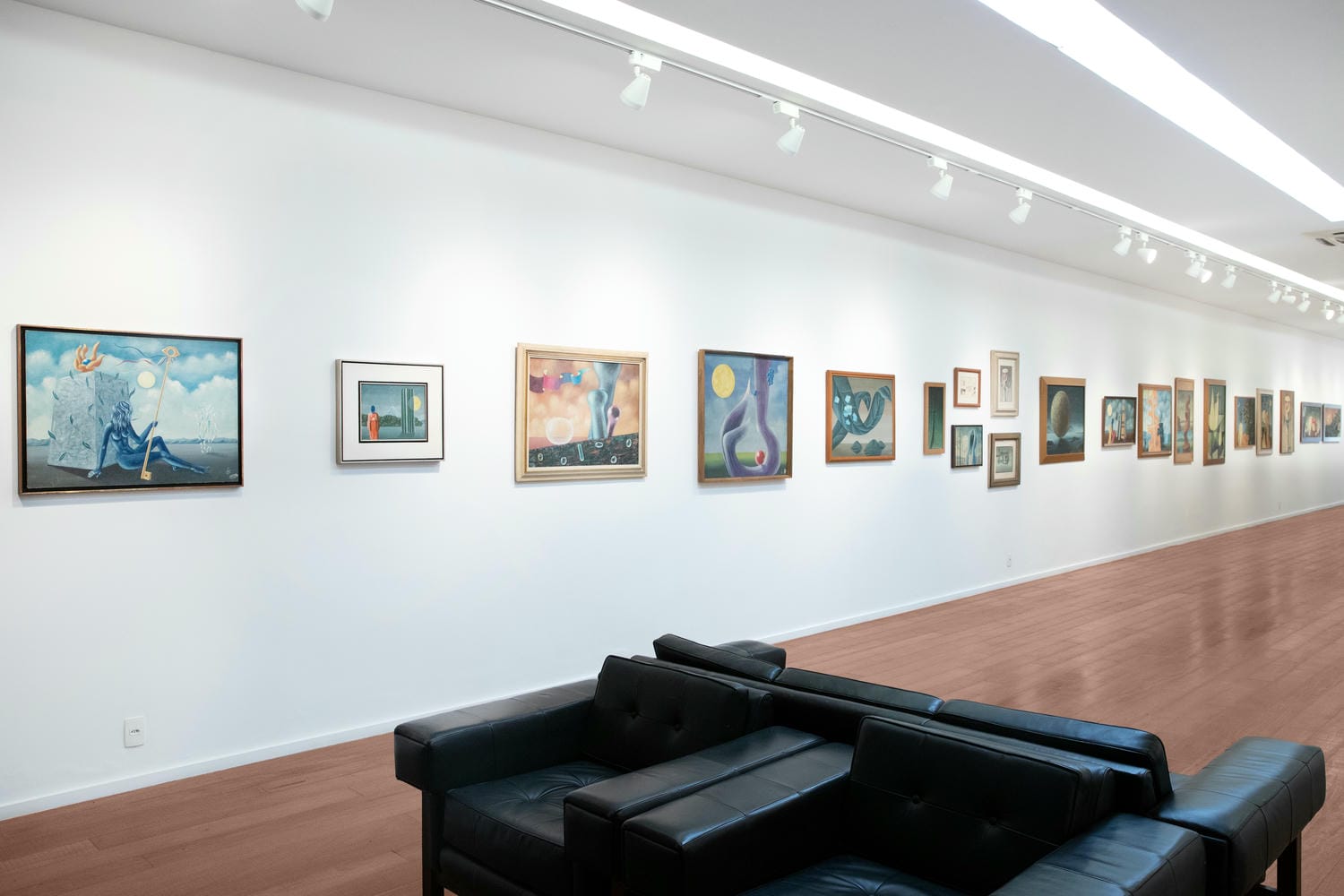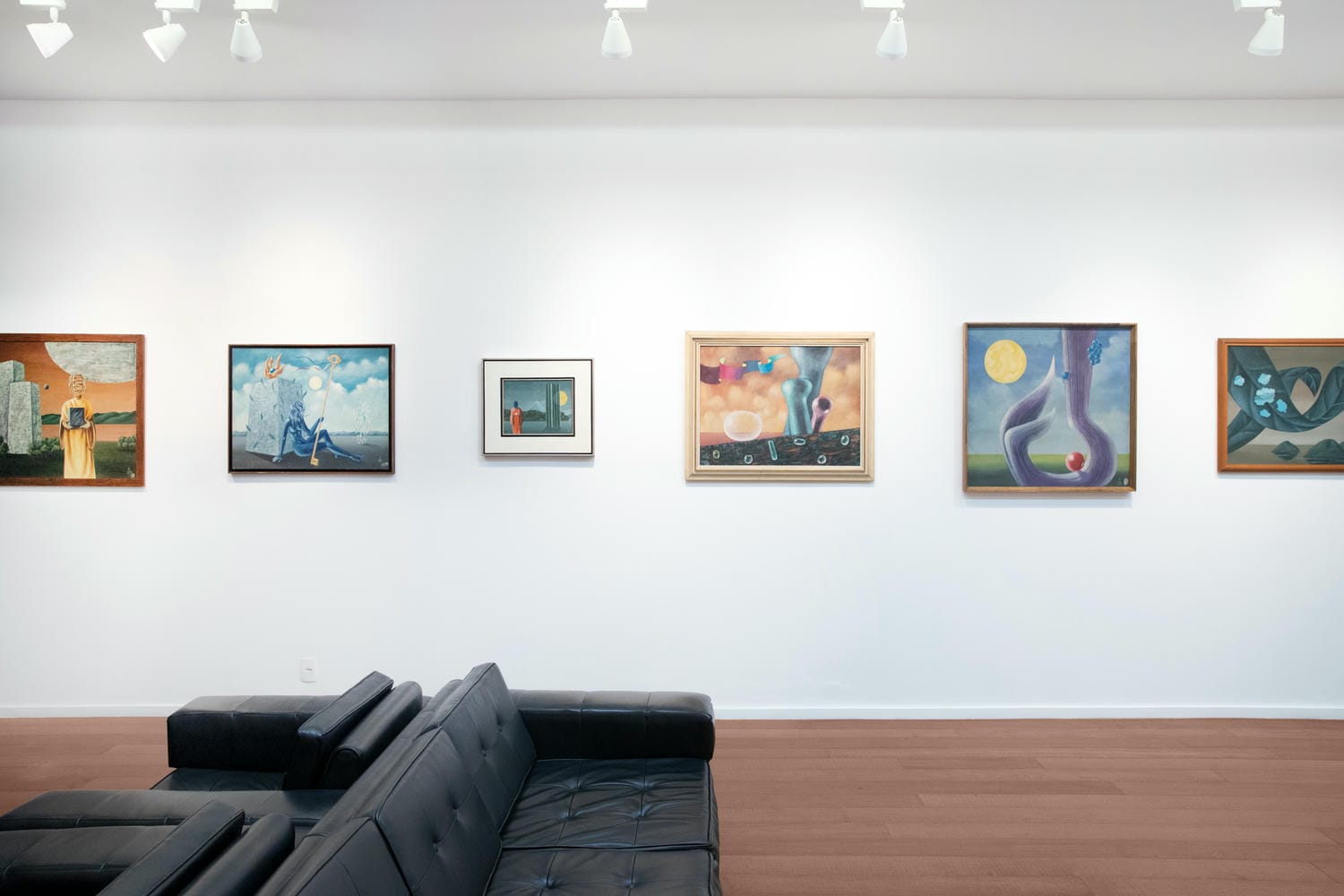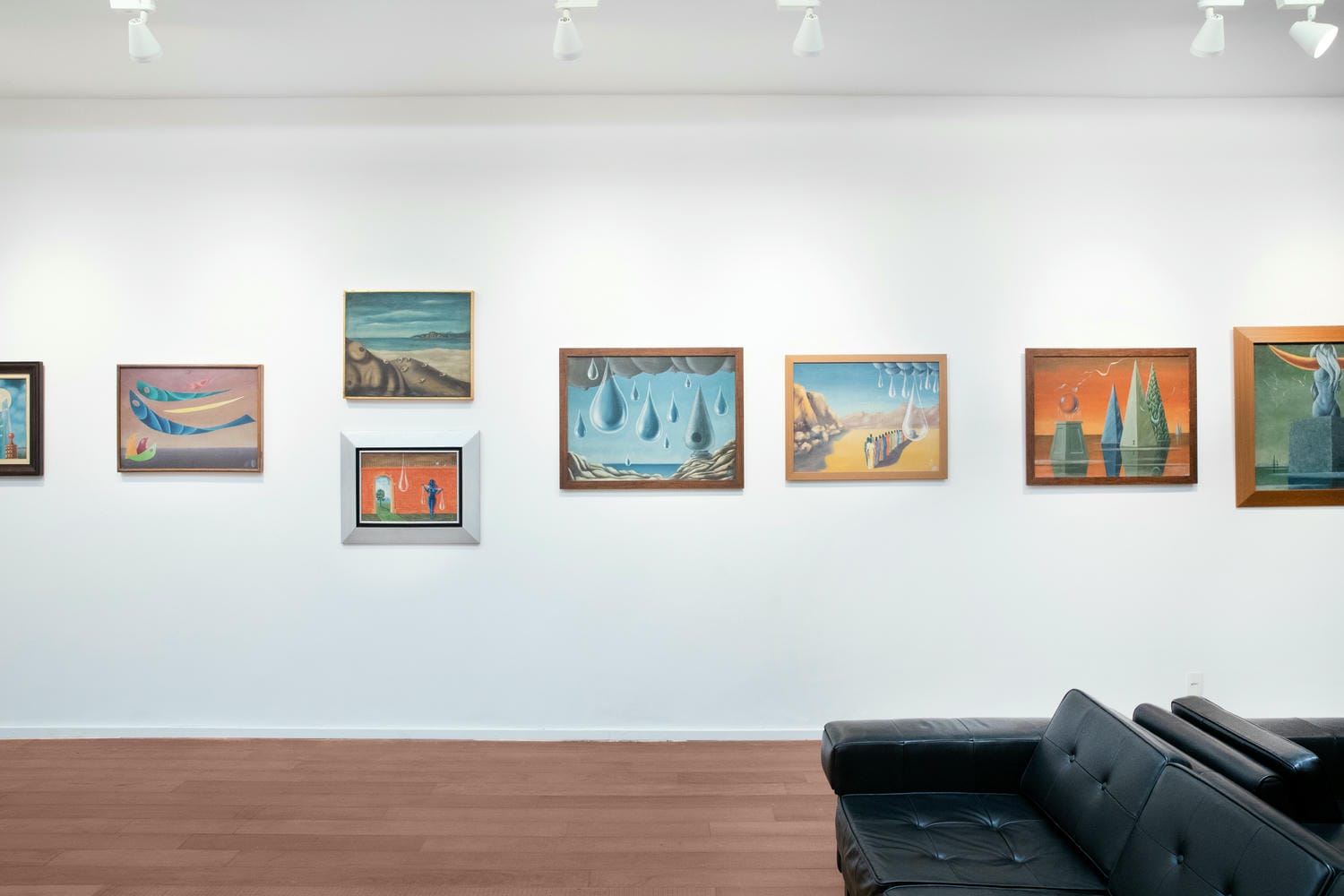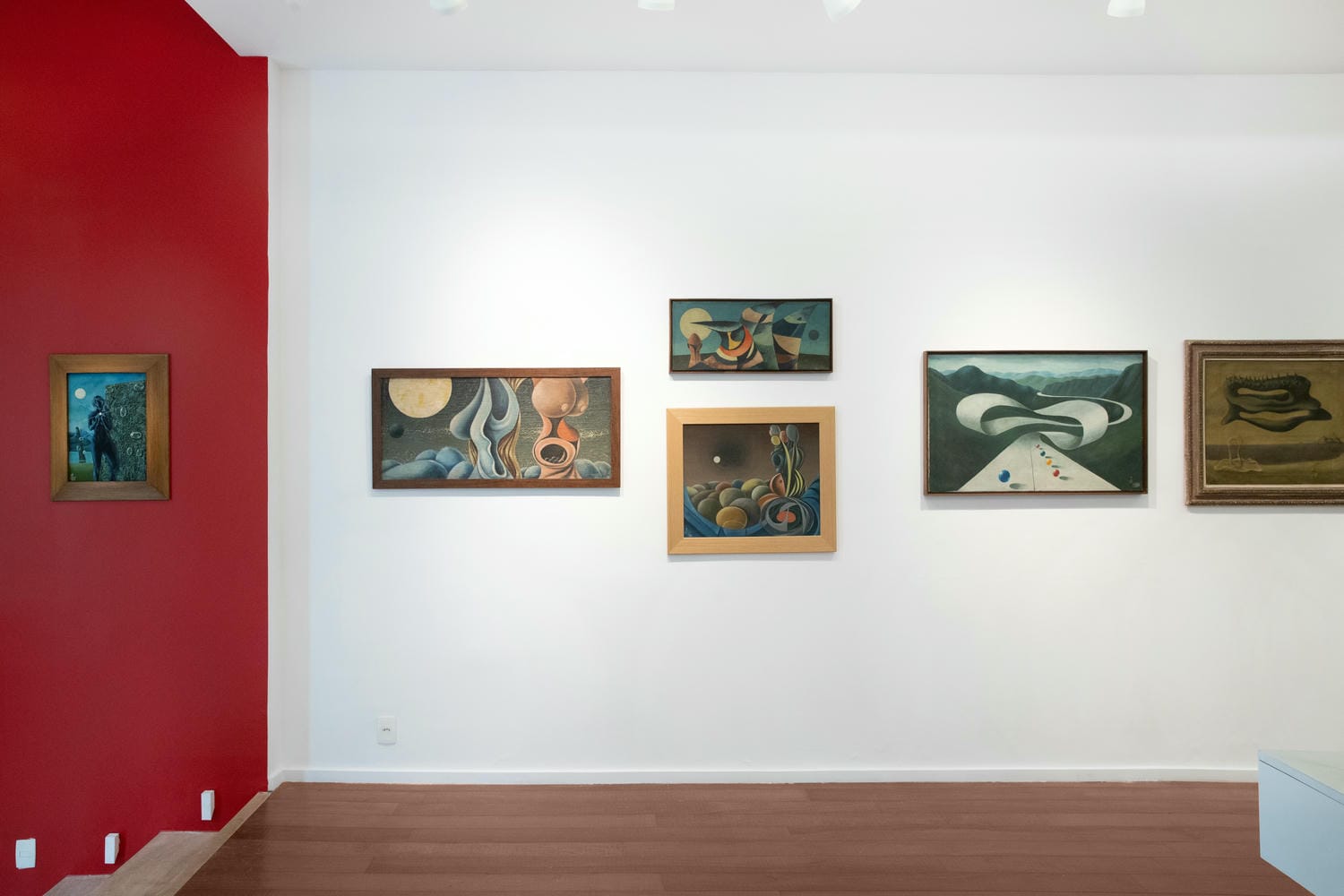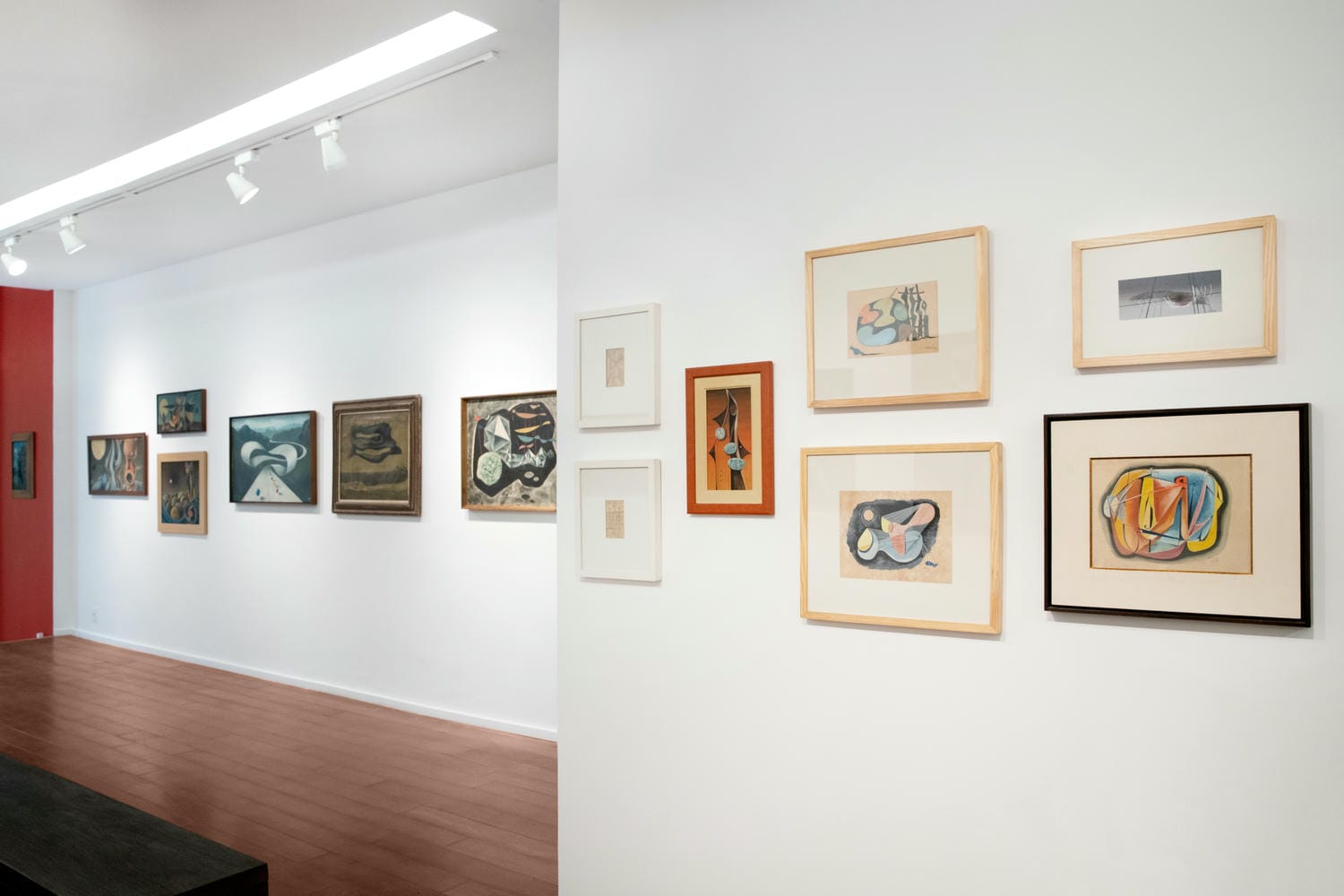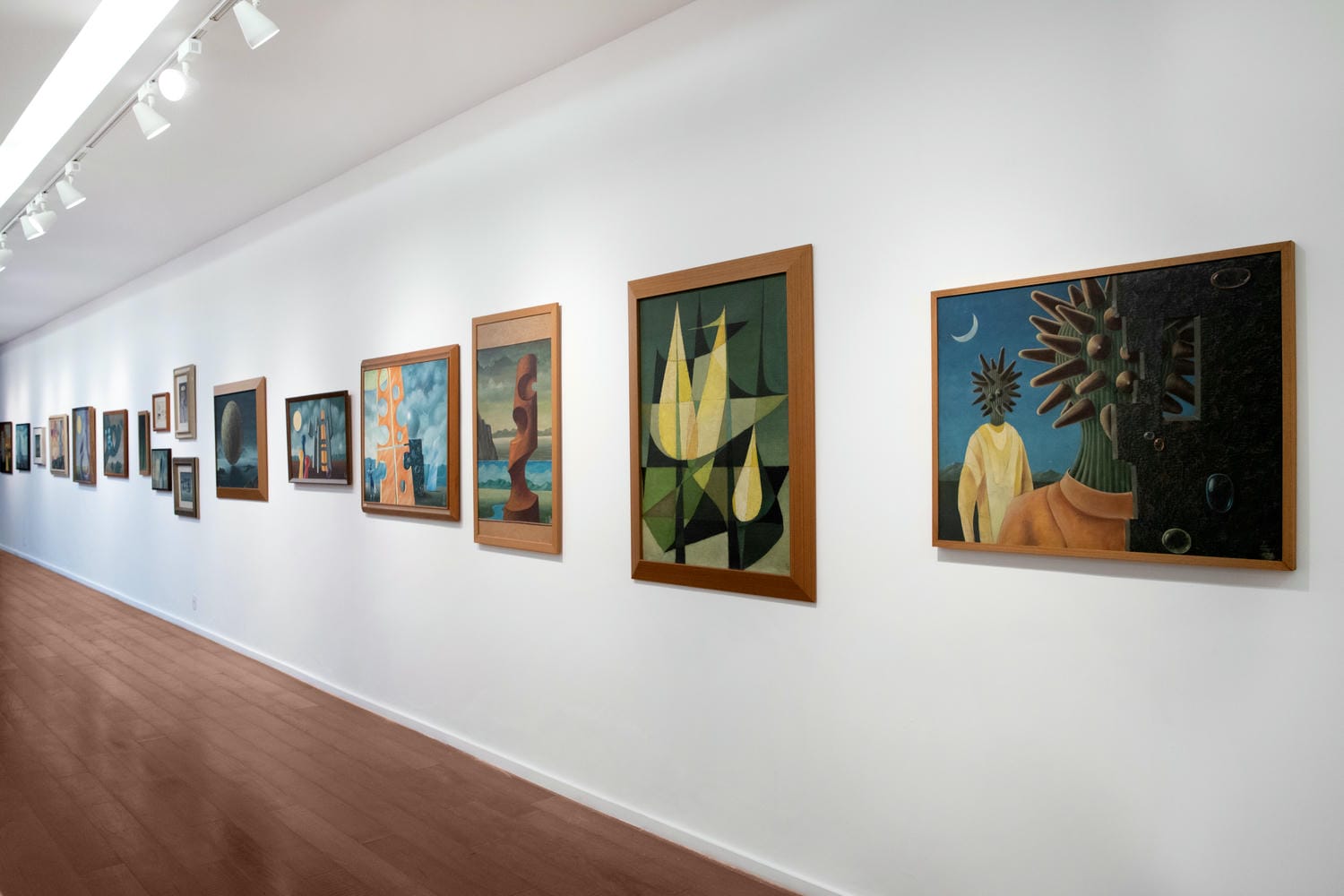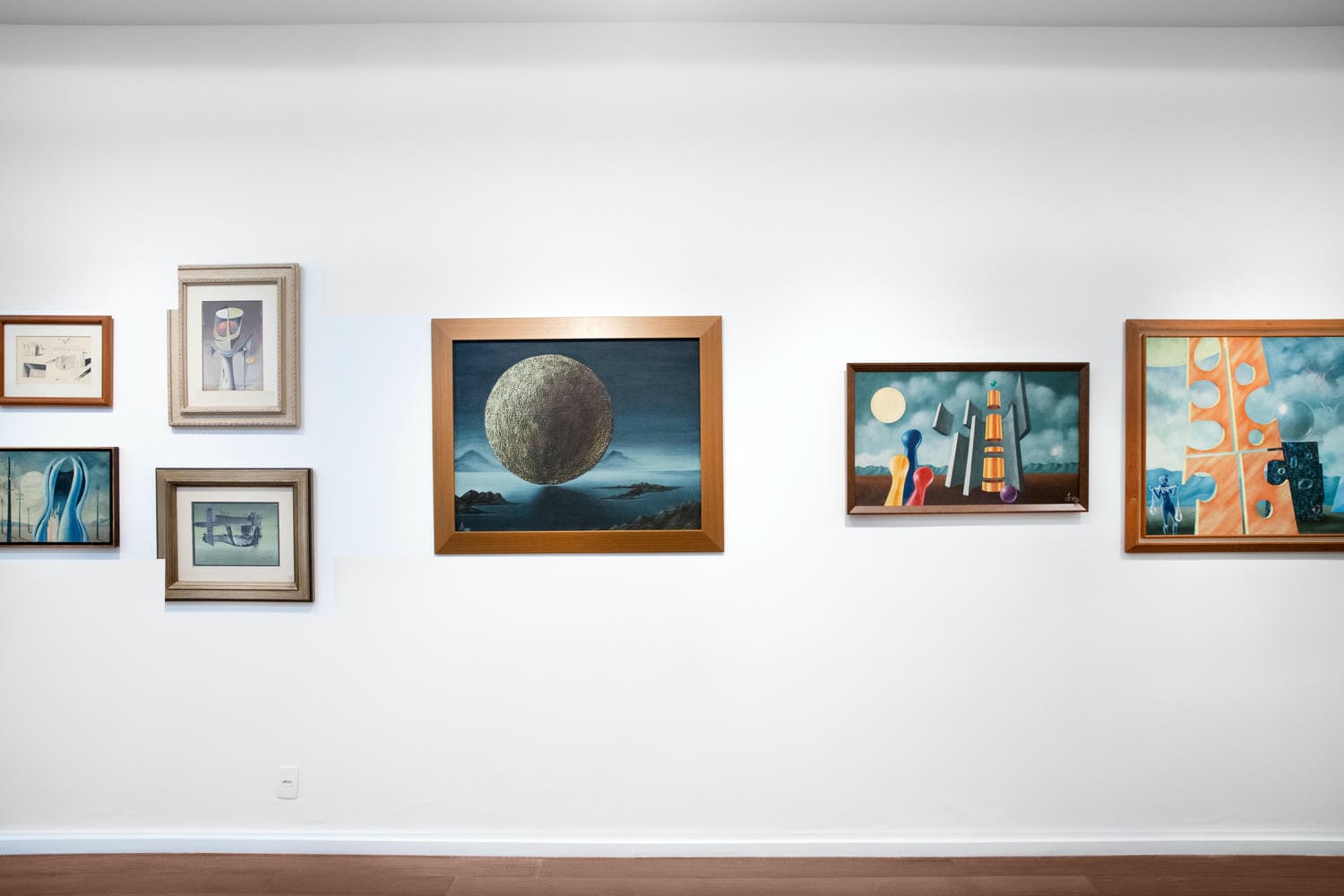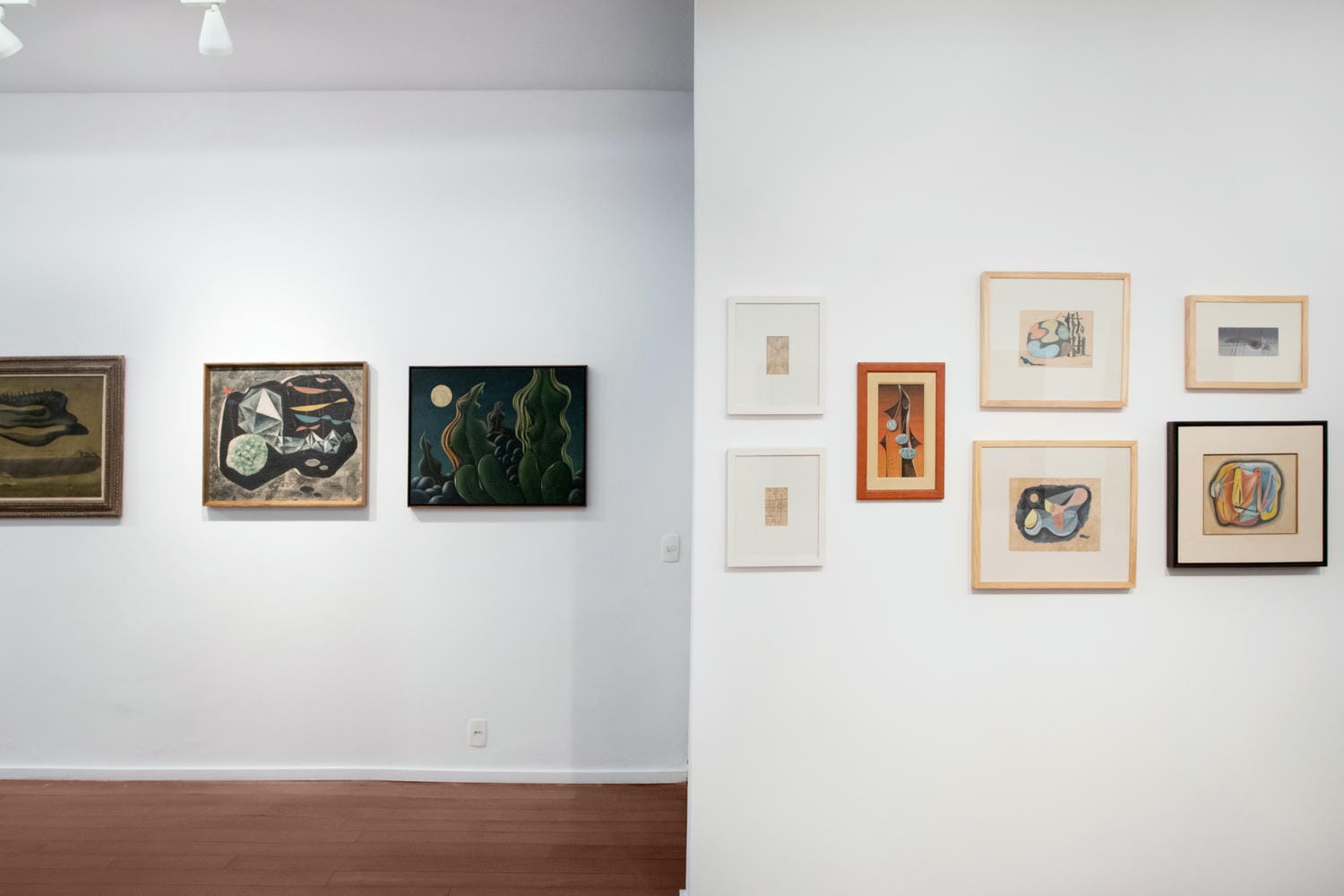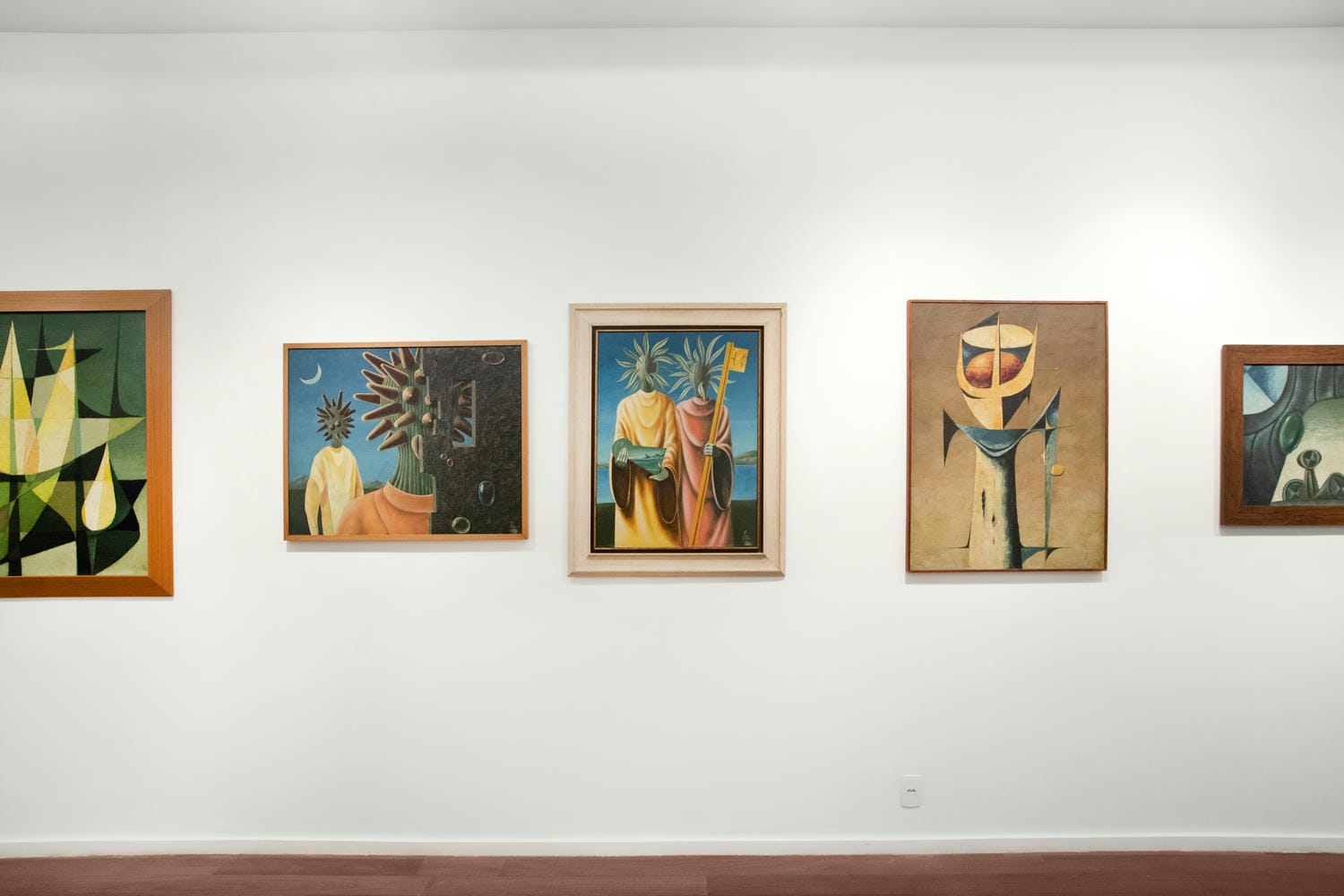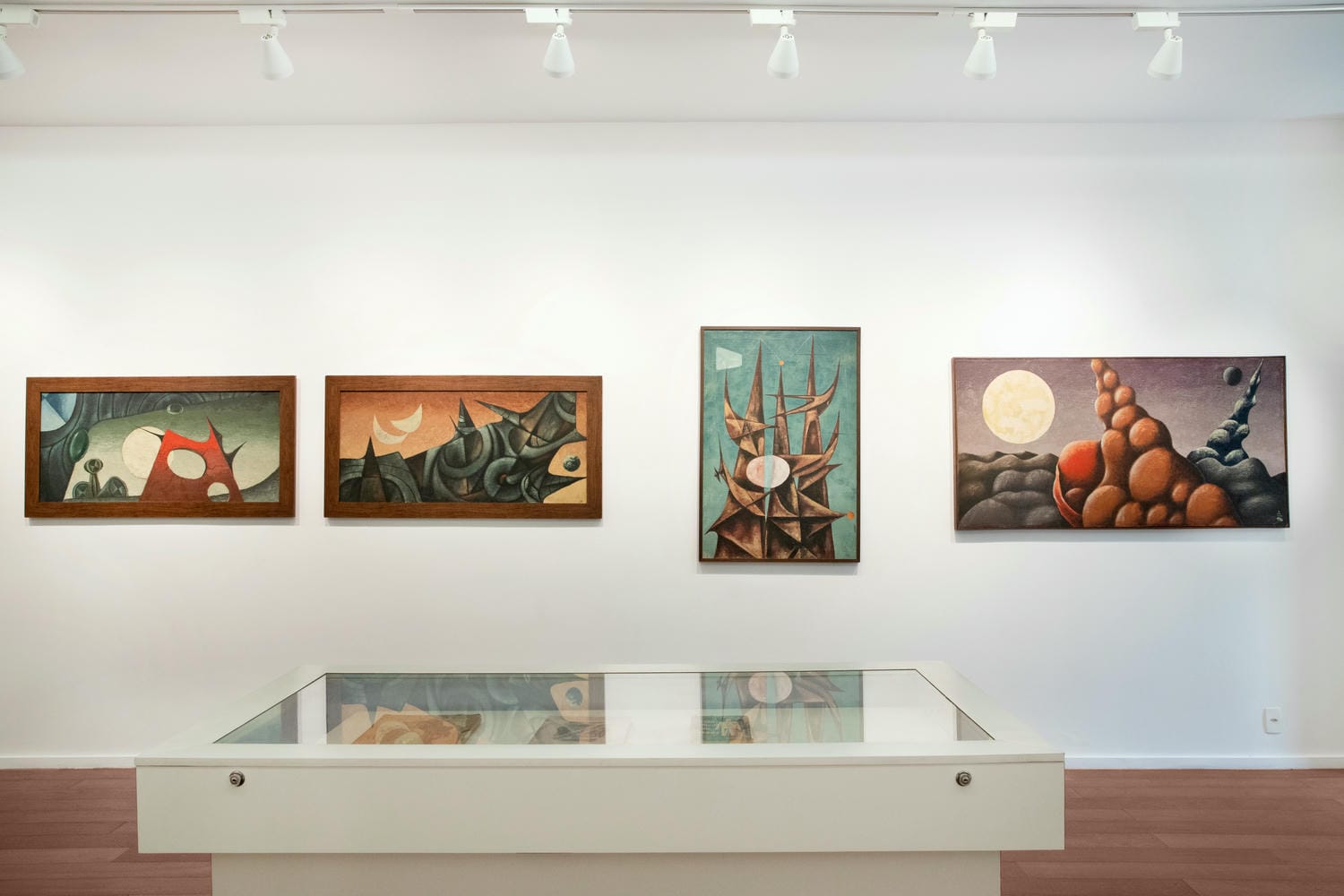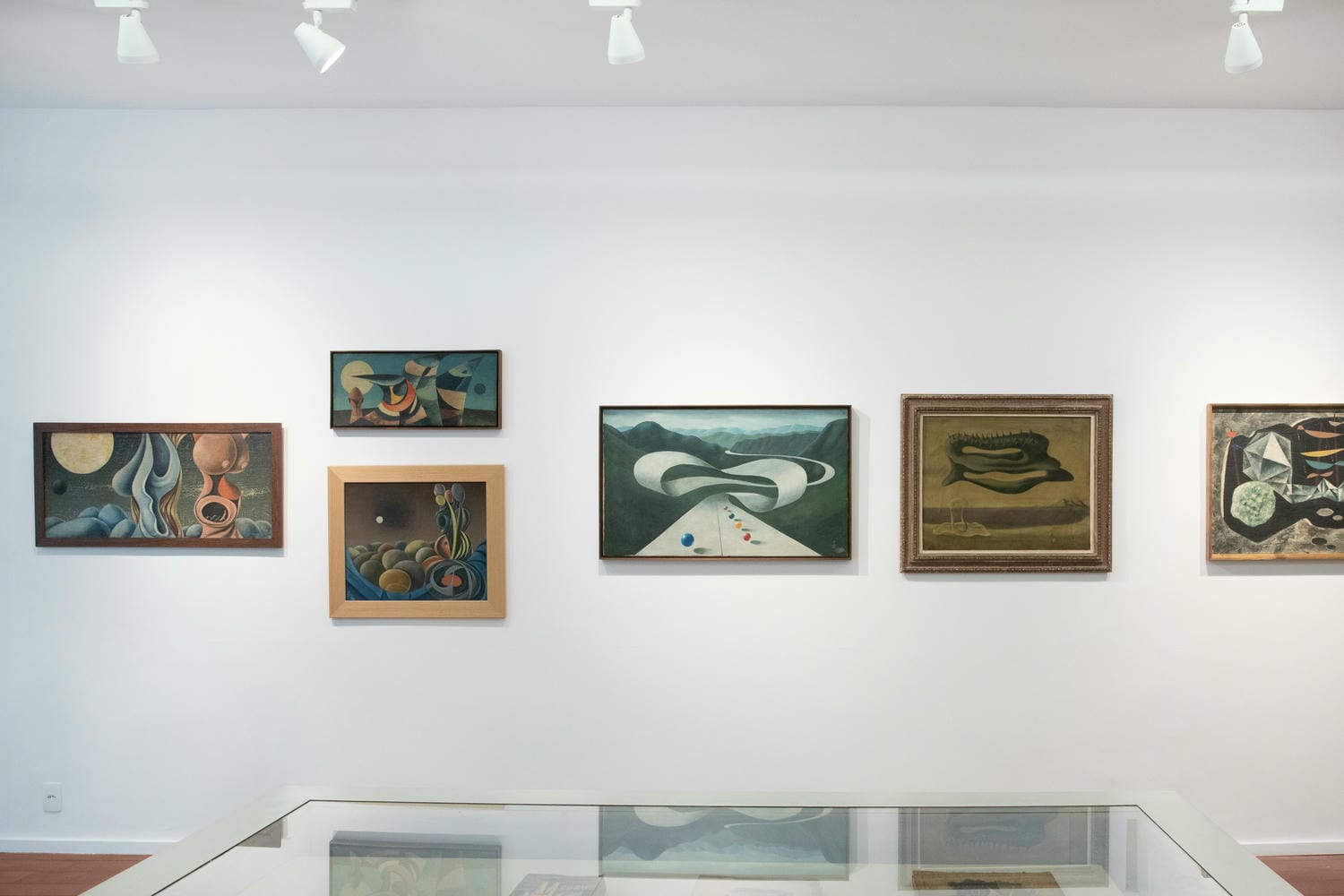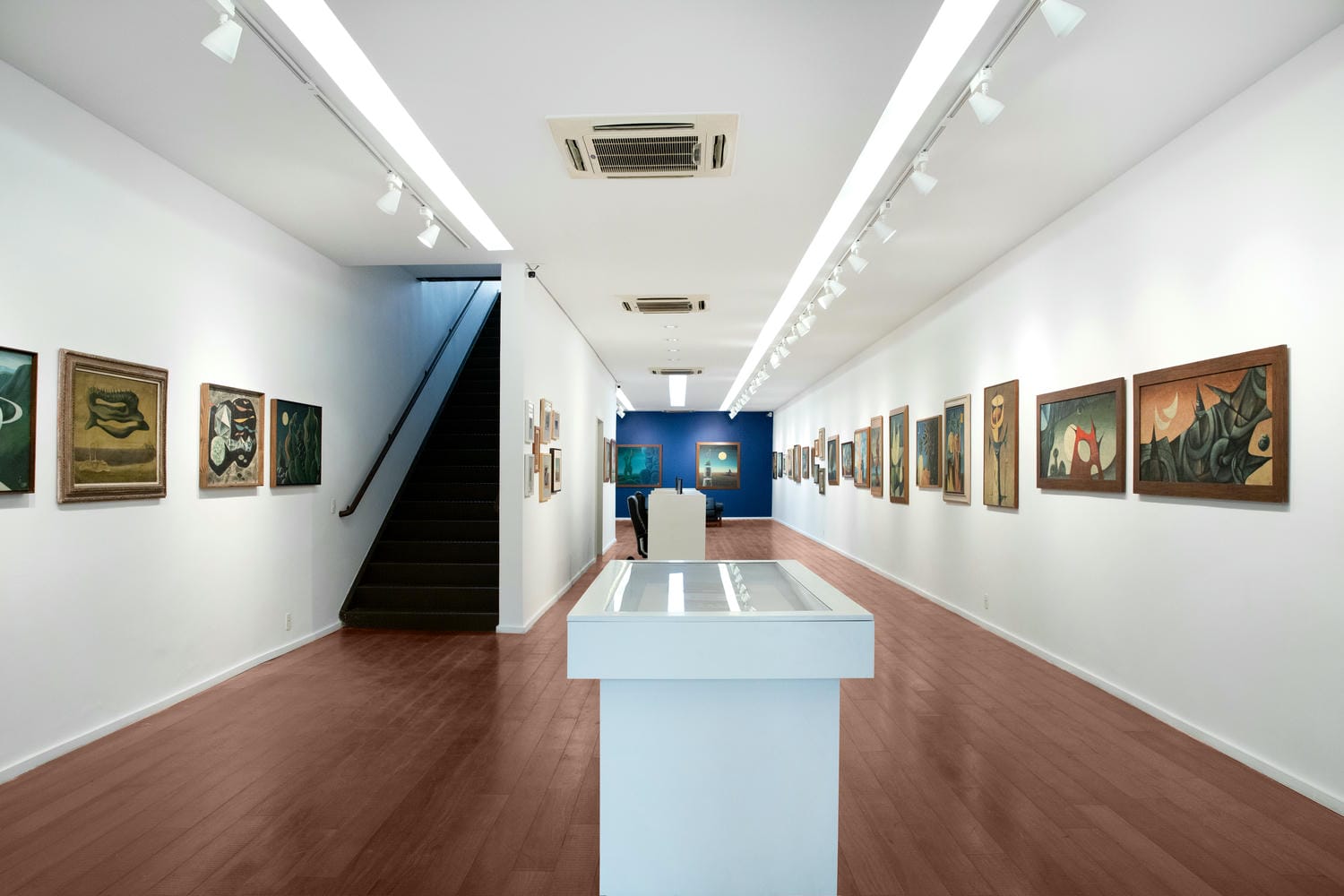Walter Lewy
The dreamer and the sublime creation of the world
WALTER LEWY
Walter Lewy's Surrealism and the History of Galeria Frente
This year, we celebrate the centenary of surrealism in the visual arts worldwide. The artistic and literary movement, which emerged in Europe, had a significant cultural impact, as it valued intuition and creativity and believed that the subconscious was an inexhaustible source of creativity and freedom. The French poet Guillaume Apollinaire (1880-1918) coined the term "surrealism" in 1917, but the Surrealist Manifesto was officially launched in Paris in 1924 by the Frenchmen André Breton (1986-1966), Yvan Goll (1891-1950), and Marcel Alland (1899-1986).
The Surrealist movement arrived in Brazil around 1930, during the Modernist movement, and its influence can be seen in the works of Tarsila do Amaral (1886-1973), Cícero Dias (1907-2003), and Ismael Nery (1900-1934). However, it was only in Walter Lewy (1905-1995) that it found full realization. The career of the German artist born in Bad Oldesloe was marked by the horrors of World War II (1939-1945). Of Jewish origin and trained as a scholar at the Dortmund School of Arts and Crafts between 1923 and 1927, he was forced to flee the Nazi delusions in his homeland.
To escape this oppressive situation, the artist immigrated to Brazil in 1938, at the age of 33, where he returned to painting professionally. He left behind hundreds of works, lost during the bombings of that dreaded conflict. In Brazil, he settled in the city of São Paulo. In his early years, he created advertising designs and later book covers and drawings for various publishers. He illustrated works by Welsh philosopher Bertrand Russell (1872-1970), Brazilian writer Machado de Assis (1839-1908), and British historian Arnold J. Toynbee (1889-1975), among others.
Lewy was an active presence on the cultural scene of the time, participating in the first São Paulo Biennials: the 1st Biennial in 1951; the 2nd Biennial in 1953; the 3rd Biennial in 1955; the 6th Biennial in 1961; the 8th Biennial: Special Room for Surrealism and Fantastic Art in 1965; and the 13th Biennial in 1975. and in the exhibition Tradition and Rupture: Synthesis of Brazilian Art and Culture, in 1985. He was also featured in several editions of the São Paulo Salon of Modern Art, as well as numerous Panoramas of Current Brazilian Art, held by the Museum of Modern Art of São Paulo. His extensive exhibition curriculum earned the immigrant artist widespread recognition and prestige among important cultural actors and agents in the visual arts system in Brazil, which was still in its infancy.
Unfortunately, Walter Lewy's work and aesthetic legacy were restricted to a select few: time has refined an important and unique history. He did not approach surrealism as an idea from abroad: he already experienced the movement in his homeland. And he established himself in the tropics as a great visual artist, exhibiting a singular and magical aesthetic, replete with semantic repertoire.
Since its inauguration, Galeria Frente's goal has been to highlight the work of great Brazilian artists and showcase historical works through retrospective, solo, and group exhibitions. Known for its exhibition program, it has already shown the careers of artists Mira Schendel (2015); Antonio Maluf and Hércules Barsotti (2016); Frans Krajcberg (2017); Iberê Camargo and Francisco Stockinger (2018); Gilberto Salvador (2021); Igor Rodrigues (2022); Candido Portinari (2023); and The Maximum Reality of Things (2024).
We are bringing Walter Lewy's work into the contemporary world because we believe there are new perspectives and ways of interpreting his work from a broader perspective. We also know that this artist deserves the recognition he once enjoyed, and it's time for him to receive it again. In addition to offering our space, I must mention and thank the excellent collaboration of the entire team and the valuable, careful, precise, and dedicated work of critic and curator Jacob Klintowitz, who embarked with us on this project.
Another unprecedented initiative is the materialization of the exhibition in the accompanying book. We haven't had any new insights into Walter Lewy's work for many years. Klintowitz presents—with all the sensitivity inherent to him—a sublime perspective that enters this universe of dreams and creation.
Another unique and unprecedented aspect is the partnership with collectors Claude Martin Vaskou and Eliana Minillo, owners of the collection we are now presenting. Driven by the immense desire to keep the flame of the artist's aesthetic legacy alive and burning, and endowed with passion, care, and affection, they were fundamental throughout the entire project, from conception to full realization. To them, our sincere thanks.
I've known Claude for over 20 years: he's a personal friend and helped me at the beginning of my career. So, for me, it's a personal and professional pleasure to collaborate on this artistic project. And also the opportunity to reciprocate this friendship with gratitude.
I'm happy to provide access, present to a new generation, and make visible to attentive collectors who know a great work of art, the exhibition Walter Lewy: The Dreamer and the Sublime Creation of the World, certain that we will achieve another great success in our trajectory.
Enjoy the exhibition and reading!
James Acacio Lisboa, director
Jacob Klintowitz, curator
